California Native Birds: A Guide to Feathered Friends
California is famous for many things - Hollywood, In-N-Out, beaches that make you feel like a movie star and traffic that makes you question your life choices. But did you know the Golden State is also home to some of the most incredible native birds? Whether you're an amateur birder, a professional "oh-look-a-bird" enthusiast, or just someone looking to spice up your nature walks, California native birds have much to offer.
Get ready to meet the OGs of the California skies - some colorful, quirky, and downright impressive birds that will make you want to dust off those binoculars and head outdoors.

Why Should You Care About California's Native Birds?
First of all, birds are nature's comedians. They chirp, sing, strut, and sometimes fight with their reflections (we see you, mockingbirds). But beyond the entertainment factor, birds play a crucial role in maintaining ecosystems. They're like little flying gardeners, spreading seeds, controlling pests and keeping things balanced.
And let's be honest, who doesn't love spotting something rare and shouting, "Oh my gosh, LOOK!" to anyone in earshot? That's pure serotonin right there.
California Native Birds: The A-List
California is home to over 600 species of birds, but let's focus on some of the stars - the ones who practically have their own fan clubs in the birdwatching world.

1. California Quail (Callipepla californica)
Meet California's state bird, the California Quail. These little guys are the avian version of that one friend who always wears a quirky hat - they've got a plume on their heads that looks like a question mark as if they're constantly asking, "What's for lunch?"
Quail are ground-dwellers, often seen scurrying around in small groups called coveys. Watching them shuffle around is like watching a feathered family on a Costco run - organized chaos. And their soft, bubbling call ("chi-ca-go!") is oddly comforting, like the sound of nature hugging you.
Fun fact: Quail chicks are born ready to take on the world. They leave the nest within hours of hatching like tiny, fearless adventurers.

2. Anna's Hummingbird (Calypte anna)
These pint-sized speedsters are the drag racers of the bird world, zipping around with wings that beat about 50 times per second. Yes, you read that right - per second. How do they not need a nap every 5 minutes?
Anna's Hummingbirds are known for their iridescent feathers, which shimmer like a disco ball in the sunlight. If you've got a feeder in your yard, chances are their presence has already graced you, but don't blink - they're faster than your Wi-Fi when it works correctly. In fact, the male Anna's Hummingbird is the fastest hummingbird in the world.
Pro tip: Want to attract them? Fill your feeder with a simple sugar-water mix (no red dye needed) and watch the magic happen.

3. Western Bluebird (Sialia mexicana)
The Western Bluebird is like the happy-go-lucky optimist of the bird world. With its bright blue and rusty-orange plumage, it looks like it flew straight out of a watercolor painting. These birds love open woodlands and are often spotted perched on fences or hopping around on the ground looking for insects.
Western Bluebirds are also cavity nesters, which means they love moving into old woodpecker holes or nest boxes. Think of them as the original tiny house enthusiasts.

4. California Condor (Gymnogyps californianus)
Okay, let's talk about the drama queen of California's skies - the California Condor. With a wingspan of up to 10 feet, these majestic giants look like something from a prehistoric documentary. They're one of the world's largest flying birds.
Condors were on the brink of extinction in the 1980s (down to a jaw-dropping 27 birds), but they've made a comeback thanks to conservation efforts. They're still critically endangered, but seeing one in the wild is like spotting a celebrity - except this celebrity eats carrion.
Where to spot them: Try Pinnacles National Park or Big Sur for a chance to see these epic birds soaring above the cliffs.
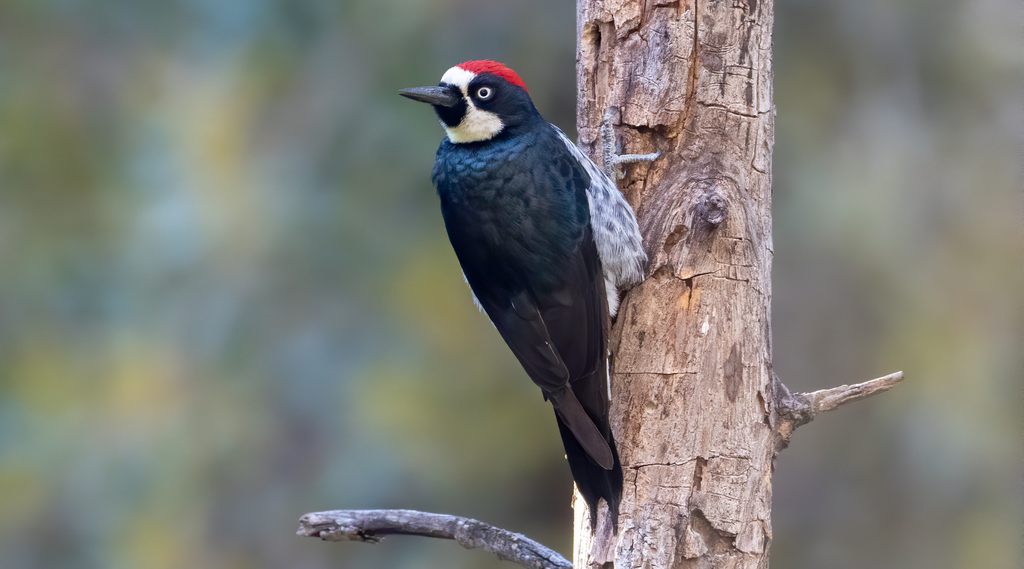
5. Acorn Woodpecker (Melanerpes formicivorus)
This bird is like the quirky artist of the bird world, with a thing for collecting...acorns. Acorn Woodpeckers create a "granary tree," where they store hundreds (sometimes thousands!) of acorns in small holes and drill into the tree bark. Think of it as their version of meal prepping.
These birds are highly social, often living in family groups where everyone works together. Plus, their black-and-white coloring with a pop of red on the head makes them look like they're dressed for a formal event - but, you know, a casual one.

6. Yellow-billed Magpie (Pica nuttalli)
Endemic to California, the Yellow-billed Magpie is as flashy as its name suggests. These birds are known for their striking black-and-white feathers, bright yellow beaks, and tail feathers that shimmer with iridescent blues and greens.
Magpies are part of the Corvid family (think crows and ravens), which means they're brilliant. They're known for their problem-solving skills and, let's face it, a bit of mischief. If you see one, consider yourself lucky - they're only found in California's Central Valley and nearby areas.

7. Allen's Hummingbird (Selasphorus sasin)
Another hummingbird? Yes, because California has an embarrassment of riches when it comes to these tiny dynamos. Allen's Hummingbird is like Anna’s flashier cousin, with a fiery orange gorget (the fancy word for their throat feathers).
They're smaller than your average light bulb and migrate up the coast in spring, adding sparkle to gardens and wildflower fields.
How to Enjoy California's Birds Without Scaring Them Off
Watching birds isn't rocket science, but it does come with a few unspoken rules:
- Keep your distance: Birds love their personal space. If you get too close, they might take off faster than you can say, "Was that a hawk?"
- Go early: Birds are most active in the morning, so grab a coffee and head out early for prime bird-spotting action.
- Be quiet: No one likes a loud neighbor, especially not birds. Keep your voice low and your movements slow.
- Bring the snacks: For the birds, not you. Seed feeders, suet, and nectar are like bird buffets that'll keep them returning for more.

Where to Spot California Native Birds
If you're ready to become a birdwatching pro (or at least look the part), here are some top spots to check out:
- Point Reyes National Seashore: A birding paradise with over 490 species recorded.
- Mono Lake: Known for its otherworldly beauty and bird-filled skies.
- Joshua Tree National Park: Look for roadrunners (yes, they're real).
- Los Angeles Arboretum: A bird oasis right in the middle of the city.
Birding Gear for Beginners
You don't need a ton of fancy equipment to enjoy California's native birds, but a few basics can go a long way:
- Binoculars: Even an entry-level pair will let you see those shimmering feathers up close.
- Field guide: Something like "The Sibley Guide to Birds" will help you ID your finds.
- Notebook or birding app: Keep track of what you see - you'll feel like a pro birder in no time.

Final Chirp
California native birds are like nature's hidden gems. From the bold and brash California Quail to the sky-soaring California Condor, each species brings its own flair to the state's diverse landscapes.
So, next time you're out hiking, gardening, or just sipping coffee on your balcony, take a moment to look up. Who knows? You might spot a new feathered friend. And when you do, don't forget to give them a little nod of appreciation. After all, they're the original Californians and have the wings to prove it.
Now grab those binoculars and start birding because life's too short not to stop and watch the birds. 🐦

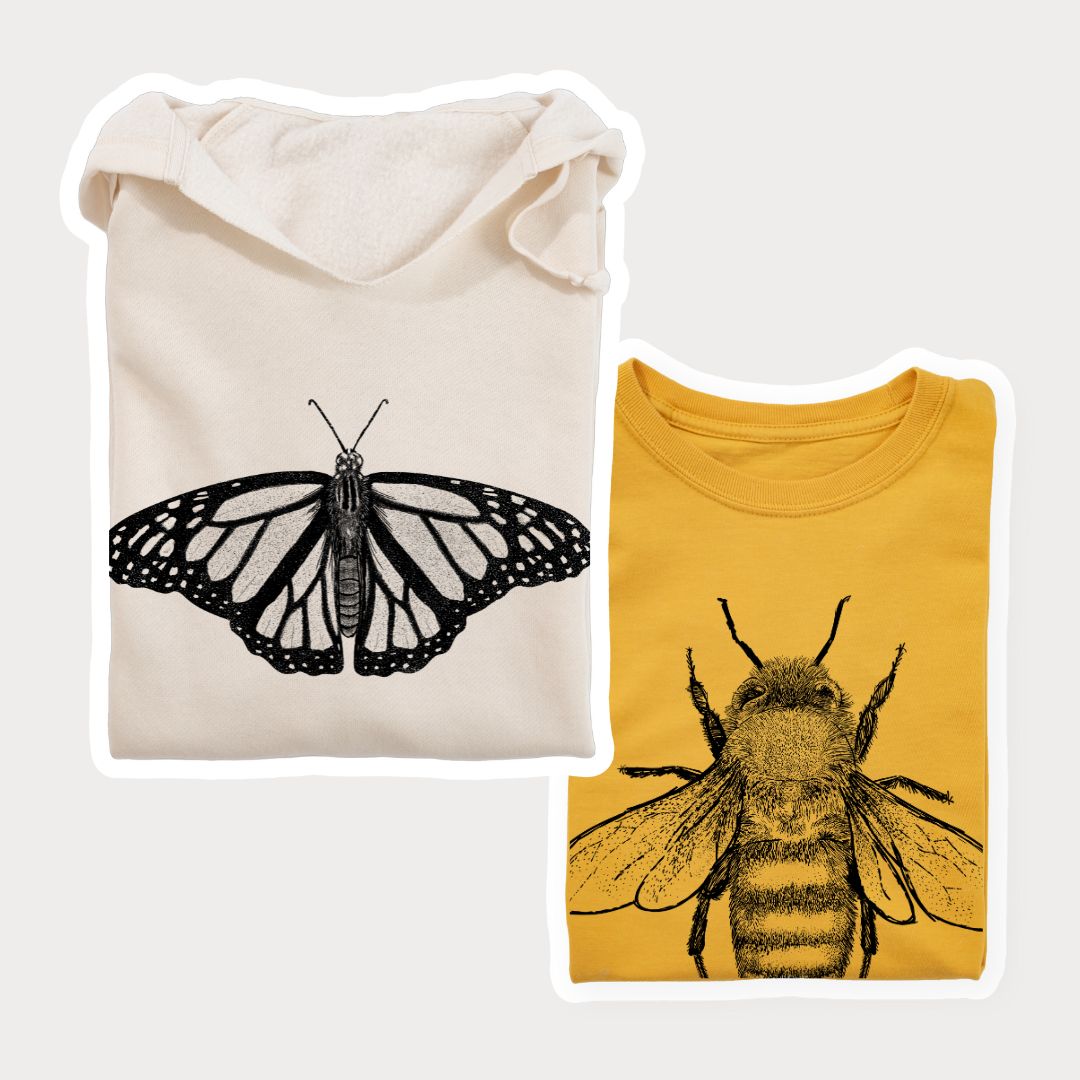


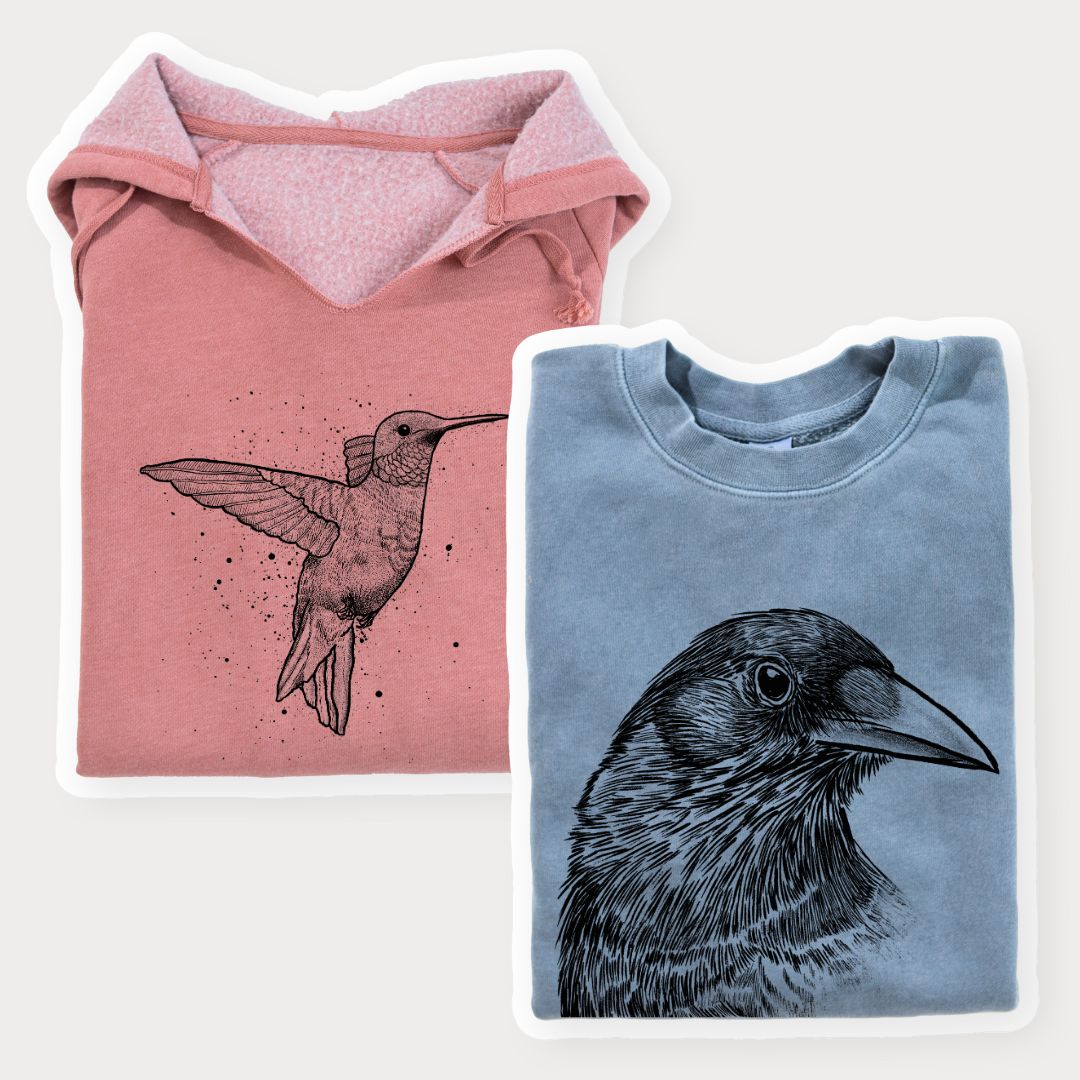
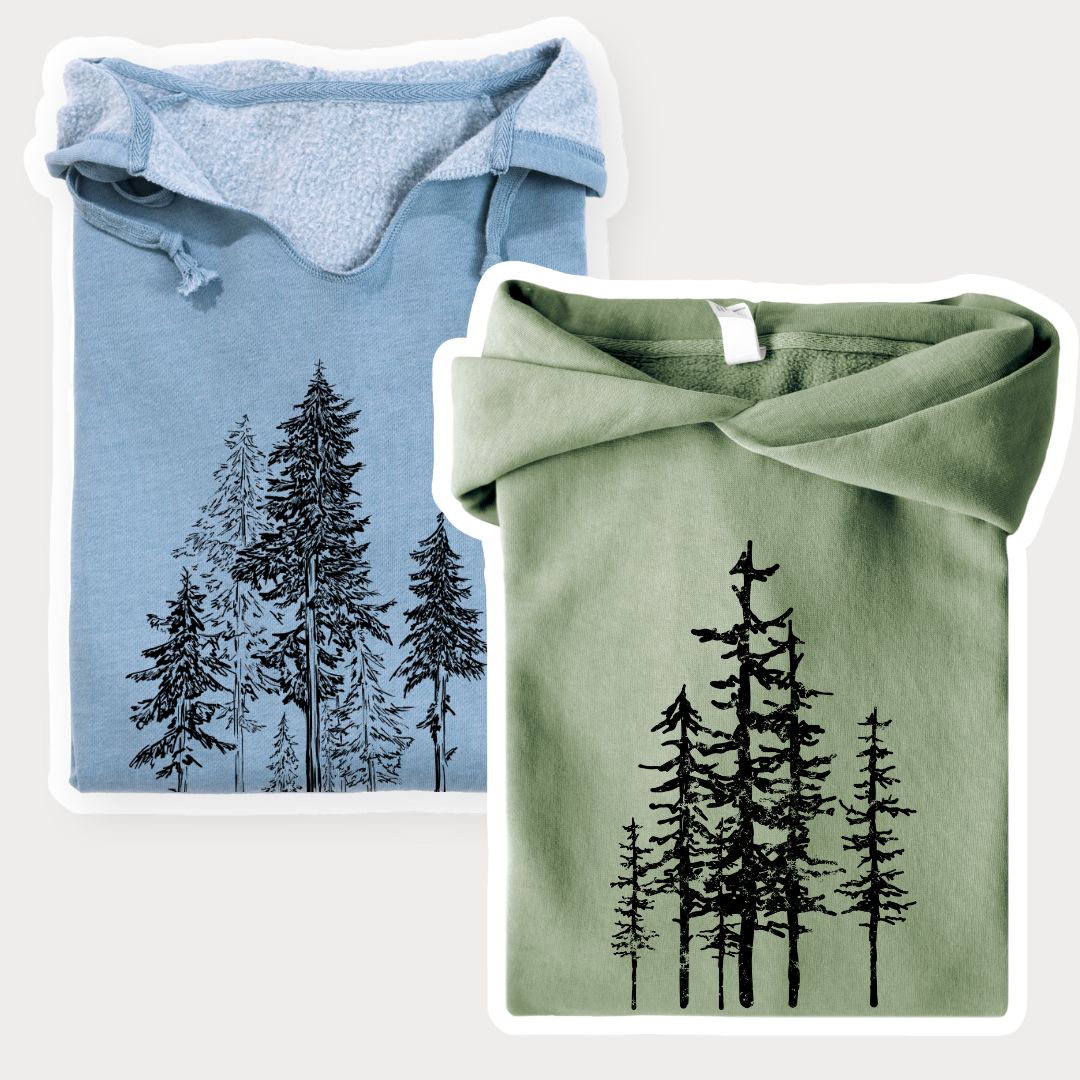
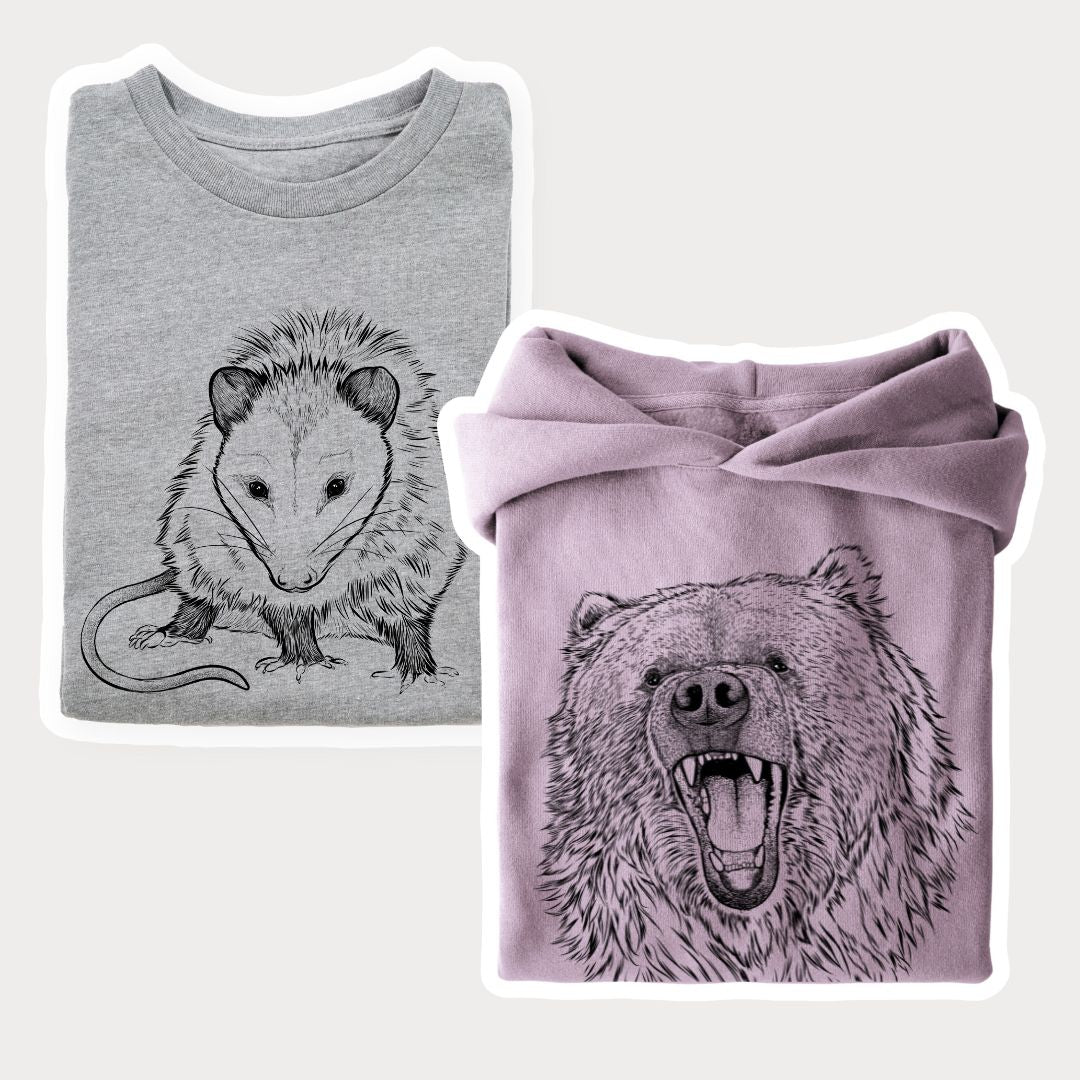


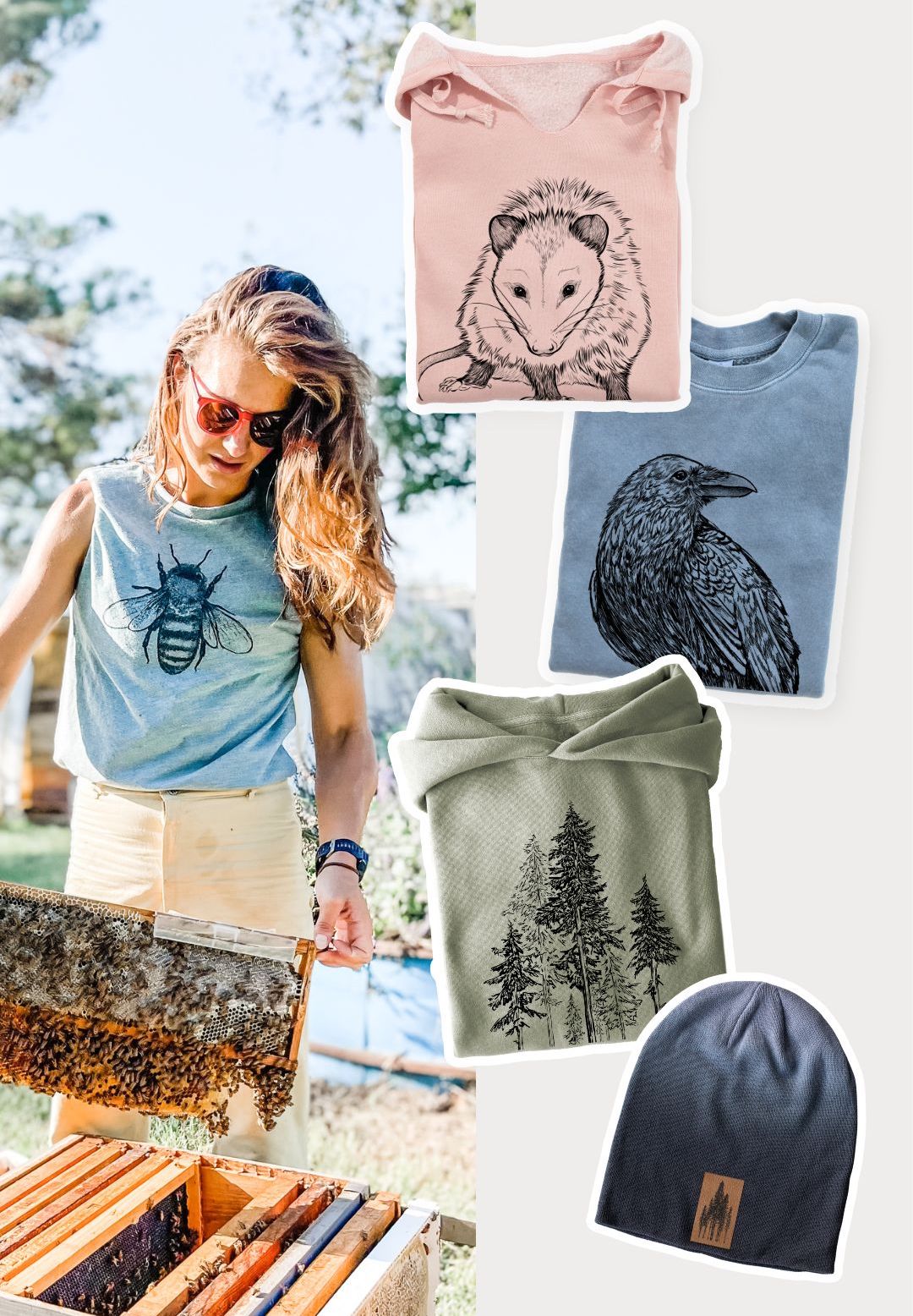

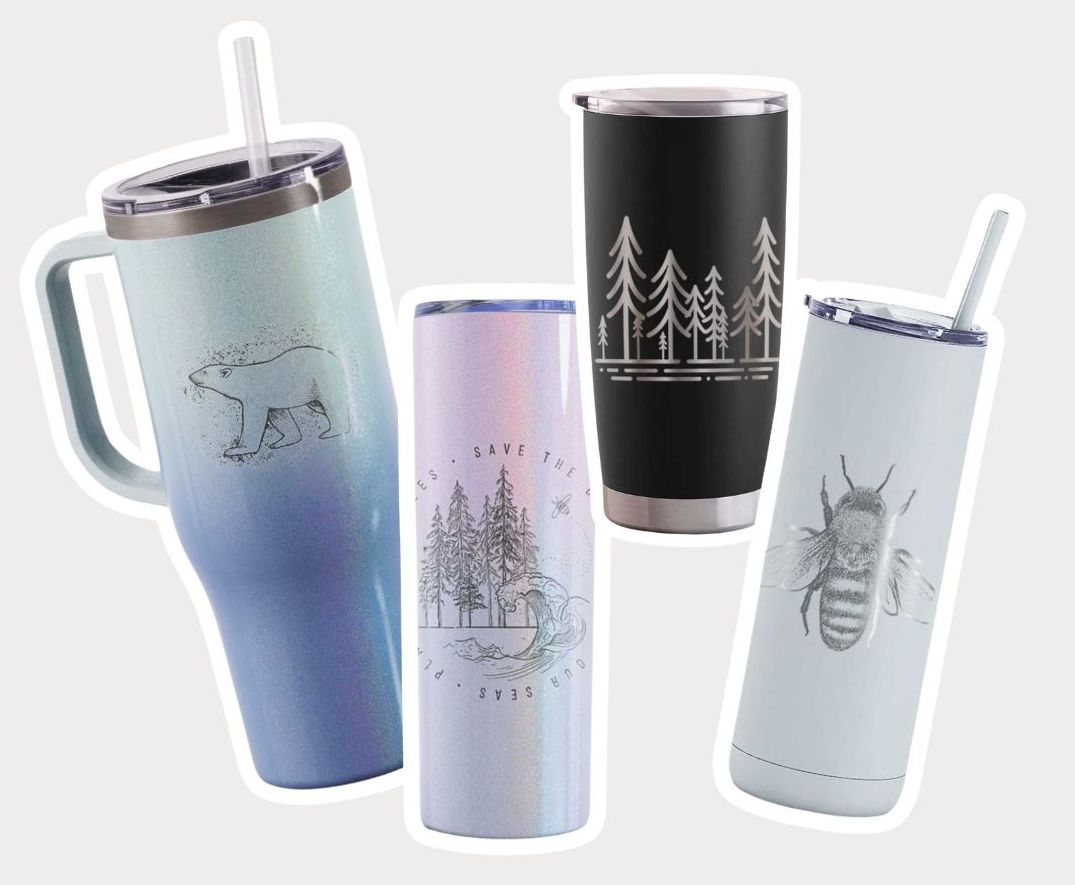

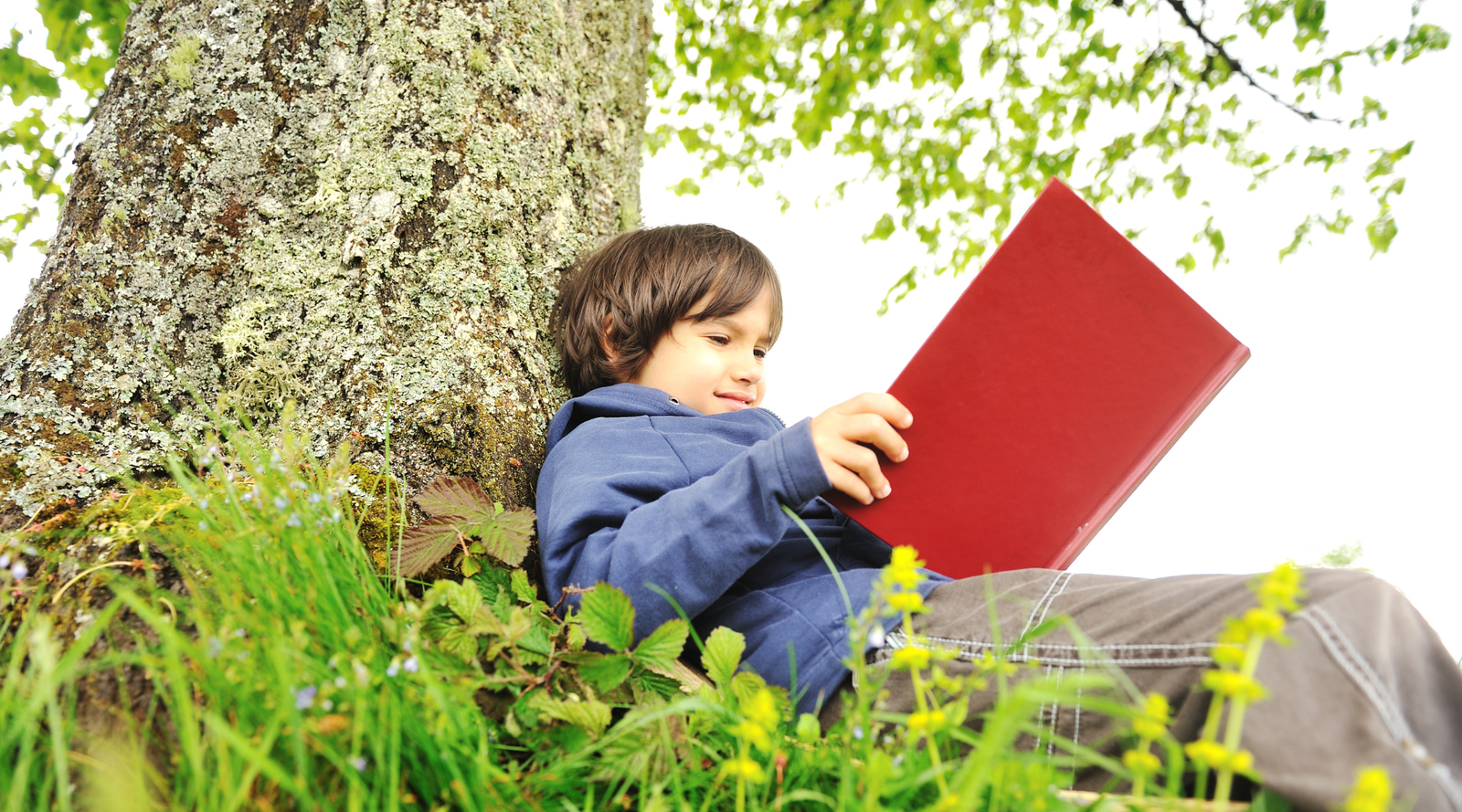
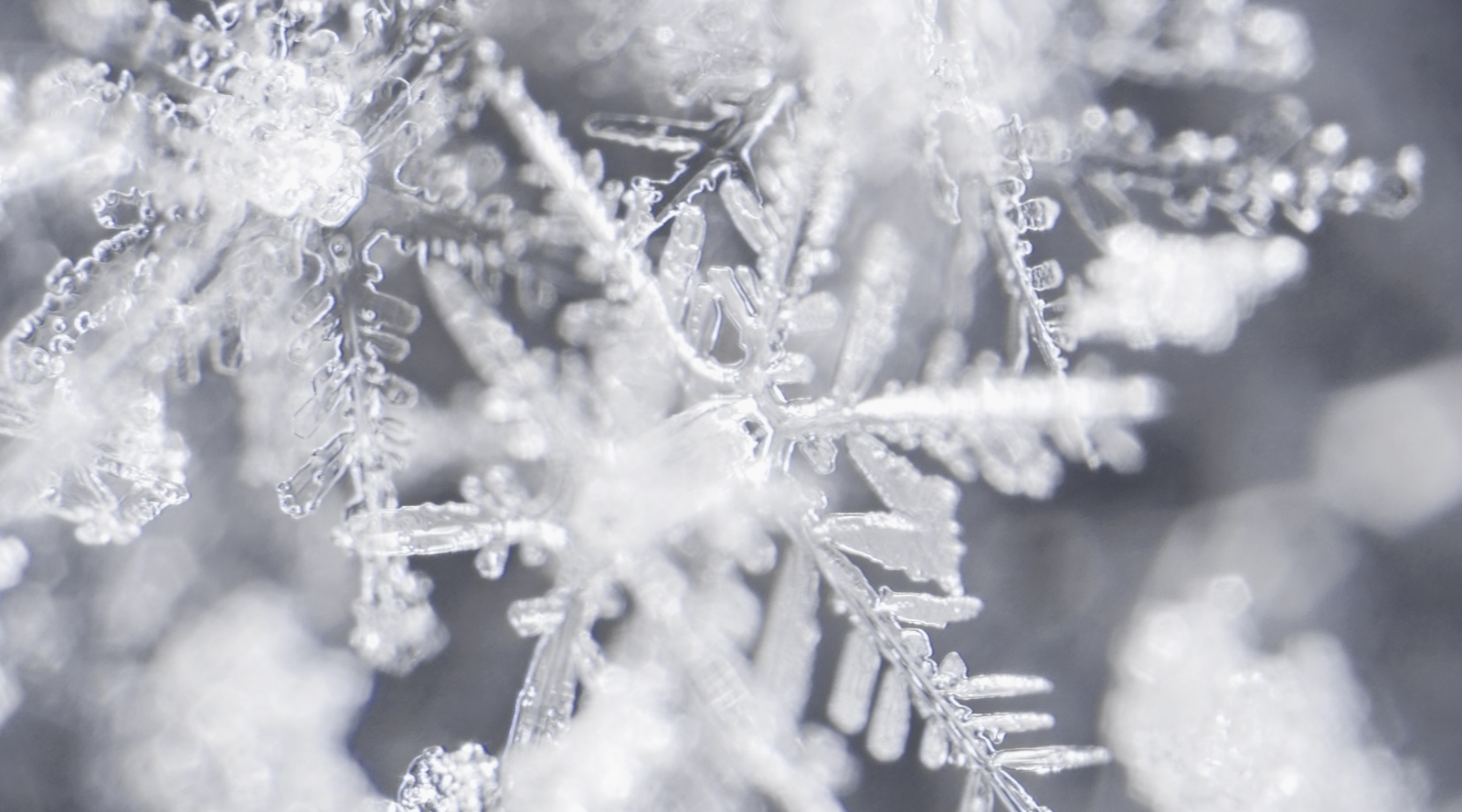
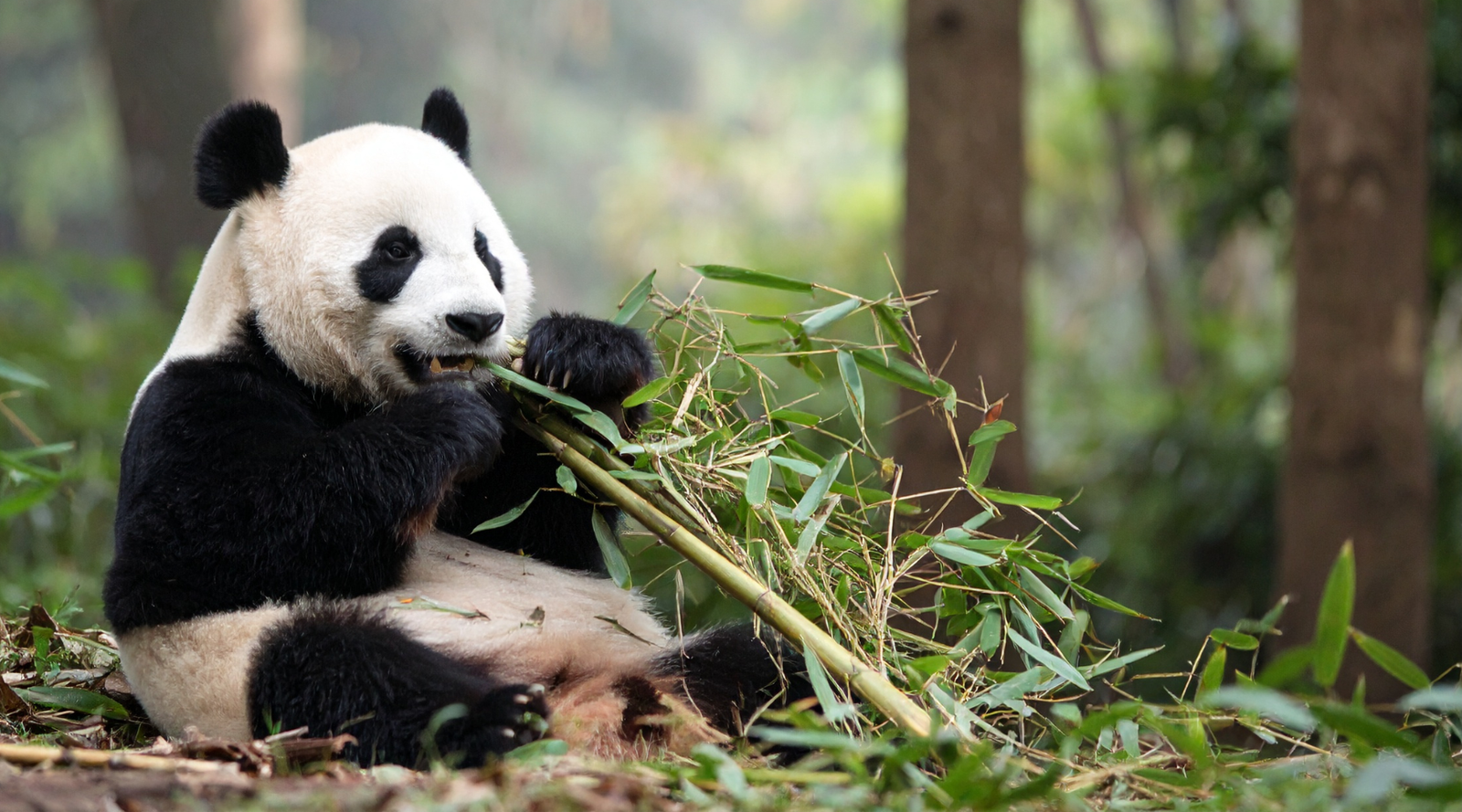
Leave a comment (all fields required)